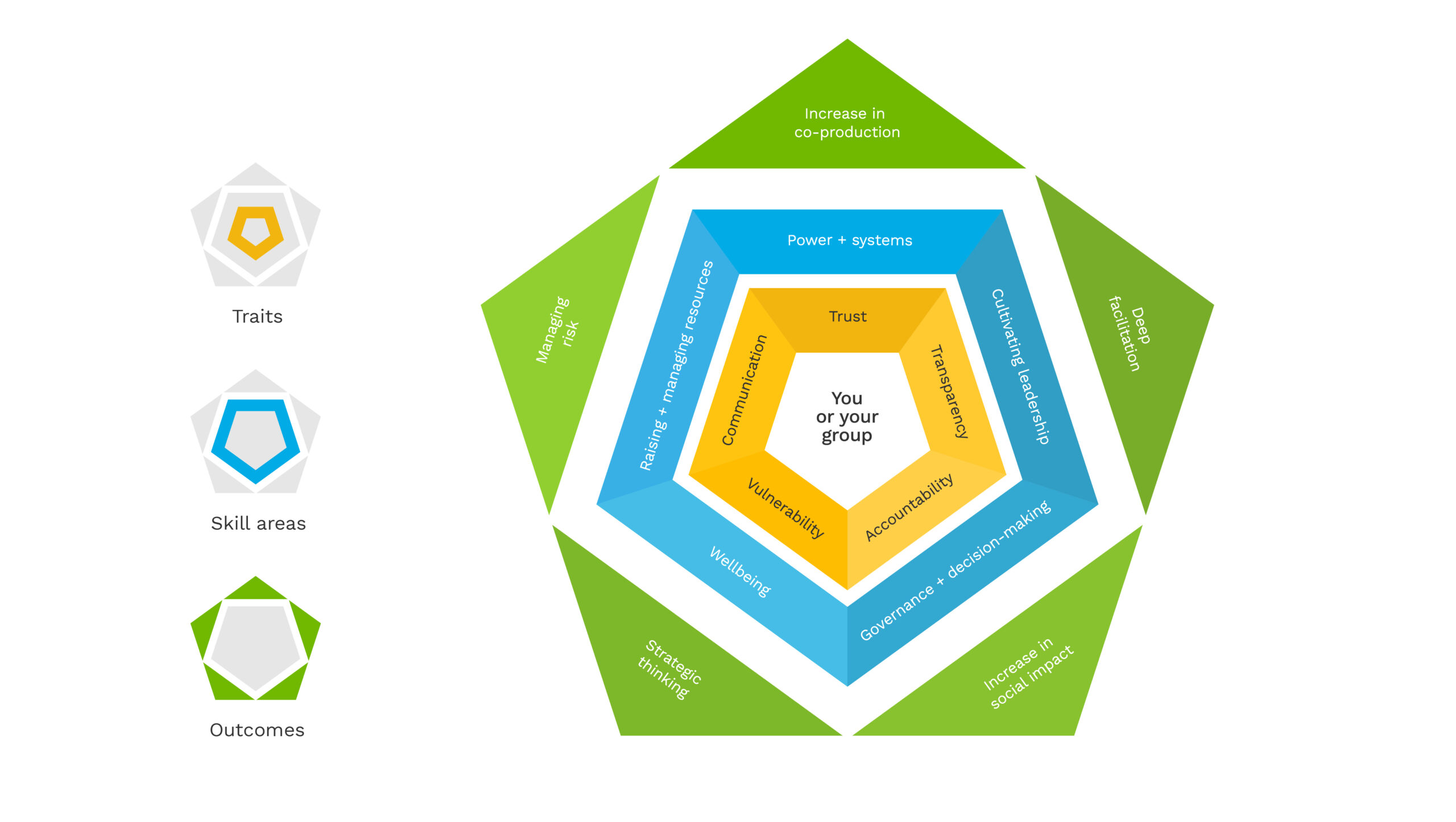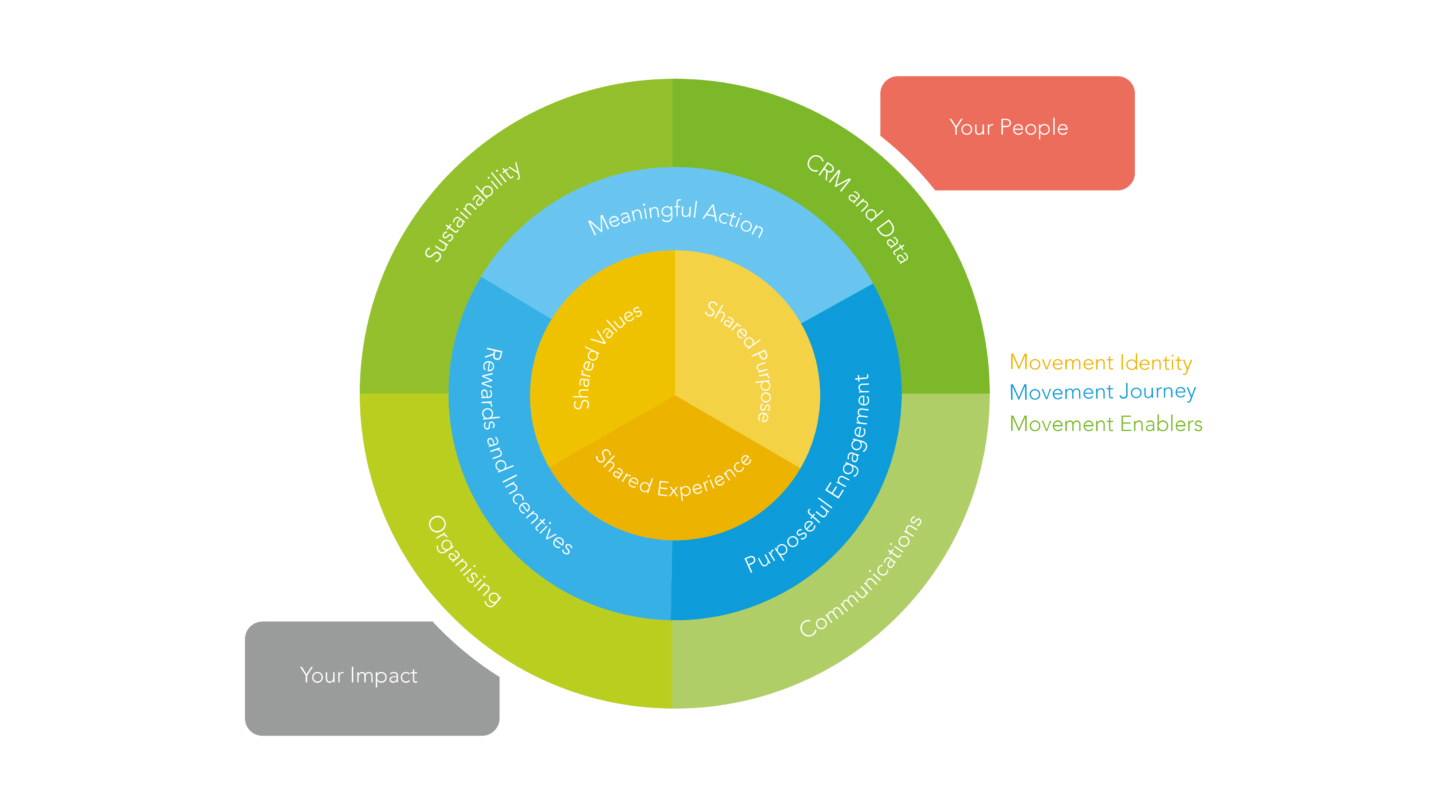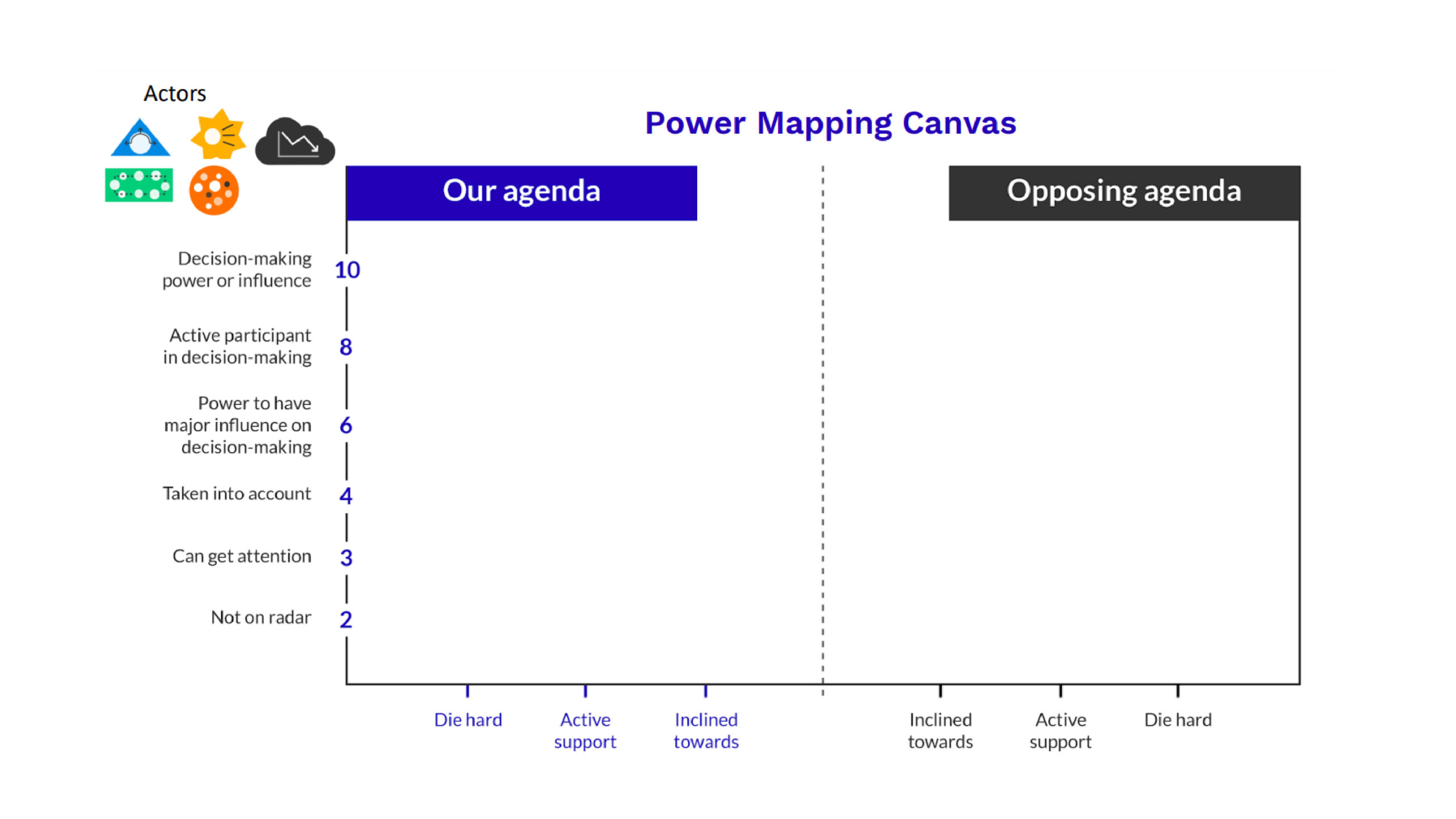Change.org is dead, long live email change.org!

Change.org is changing it’s business model – here’s what it means for non profits
Last week saw quite a substantial shake-up in technology and civil society in the UK, and I don’t mean Brexit.
Change.org the investor backed American public petition site, has pivoted its business from lead generation tools for non profits to digital fundraising tools, like crowdfunding for non-profits.
The platform has over 150 million users globally and some of these users have created 1,000 petitions in this country alone since Brexit. So the fact that it is moving out of primarily generating petitions that create change, to instead focus on raising monies to fund change, is momentous, not just for established digital giving platforms like JustGiving and Crowdfunder, but for civil society itself.
Just to be clear, change.org will continue to provide people led petitions but it appears they are refocusing their business development and investing in their products on digital giving instead.
Many people forget the economics of social change and are unaware of the business model behind change.org. Right now, anyone can run a petition on its site. If supporting people opt-in to receiving info, you can email them from within change.org. This is all completely free. They do, however, charge if you want to own the data of those who have signed your petition. This is a little box that sits on thank-you pages where the users can click to opt-in to an organisation’s email list. This is data you can download and you’ll pay per click. Organisations and people can also pay to promote their petitions.
All this is about to change
Change.org has revoluntionsed the way the charity sector in the UK acquires new data; by using public petitions to harvest emails whilst creating change, change.org has brought the cost per acquisition down greatly.
When it started all those years ago it seemed an obvious way for charities to acquire people onto their database. Who wouldn’t want the email addresses of people already hooked in and demonstrating a shared value or passion? It sure beat standing outside Sainsbury’s in the rain collecting signatures for CND in on a Saturday afternoon.
However, this new addiction came with a cost. I have argued consistently and since 2011, that this method of digital campaigning has served to poison the well of democracy and driven our Political leaders to close their ears against petitions, not just In the UK, but in Australia, New Zealand and Canada. This cost effective way of gaining additional supporters, has prompted some to accuse the charity of creating zombie activists out of the public, while alienating politicians, the public and change makers alike.
A dysfunctional relationship
But no matter. Addicted to the digital petitions, the charity sector has continued to use the petition site. Consequently, this recent pivot in services has sent small shock waves through the sector as it struggles to get its head around the fact that their dealer has now exited the building.
It doesn’t help that there have been rumours that change.org is stopping servicing charities due to the fact that they think ‘charities are too slow to adopt the lead generation model and not sophisticated enough digitally’ (it’s a rumour, so I can’t quote the source). The charity digital divide is nothing new – see GetWired! But the dynamic between the charity sector and change.org certainly wasn’t helped by a recent article in the Guardian by change.org.
The author makes some interesting opinions about brand and charities, but the amazing ways and legacy in which charities work with service users to create systemic change was just ignored. (Just a moot point, we had user-led co-created campaigning at every single charity I have worked at long before change.org were a twinkle in Ben Rattay’s eye – this includes Mencap, Shelter, Help the Aged, The Learning Disability Coalition, Scope and a few more).
We love the sector, we feel part of it and we deeply believe in a vibrant and thriving civil society with non-profits at the heart of it
The rumour does tend to be at odds with the general presence change.org has in the sector. I asked Johnny Coventry, Global MD of Comms at change.org and he said.
“As our hundreds of clients, partners and friends in the sector know, many of the Change.org team come from non-profits. We love the sector, we feel part of it and we deeply believe in a vibrant and thriving civil society with non-profits at the heart of it. That’s why we spend significant amounts of our time in and outside work doing trainings, taking part in workshops, brainstorming and doing all that we can to help charities big and small to achieve their missions”
Is this a customer service issue?
We have a two-fold dynamic. The charity sector seems to be unable to stop sending mass emails, and the mass emails they are sending are not having the desired consequence – mainly because the majority of the people receiving them are unable to manage them, or believe them, or be influenced by them. Even more than that, the high levels of email campaigns actually down out the true voices of the legitimacy – those with the lived experience that have a story to tell.
the digital targeting of voters might end up reducing the democratic process to a marketing exercise
As I have written before, this is a systems problem and the campaigning sector cannot continue to do the same thing and expect a different outcome each time. However, the political side of the problem is starting to address the issue. From the drastic i.e. not accepting email correspondence completely like Dr Julian Lewis MP to the pragmatic, i.e. helping to train politicians to manage their email traffic more efficiently, something dotteveryone is starting to do. Politicians are beginning to look at how they can tackle what they perceive as a problem, the public perceives as their democratic right and organisations perceive as an effective method.
There was an incredibly interesting article in the Economist discussing the impact of digital comms and data on politics. It concluded that one unintended consequence of technology and politics was that the digital targeting of voters might end up reducing the democratic process to a marketing exercise where politicians can use big data insight to only target those who have value.
However this shift into digital fundraising is a really interesting move for them in the UK
Change.org disrupted the digital democracy space, creating a giant user base from which to launch other products. It’s perhaps analogous to the way Amazon initially changed the way we bought books but now we use it to buy everything in our lives, including food.
I think this is the issue with enabling an investment backed company to disrupt our civil society space. We don’t have any say in how, or where it pivots its business to, and when the financial value is created by the consumer not the charity, it has no obligation to help charities understand how to use its product better and nor should it have to. This isn’t the first time an investor backed organisation has entered civil society space, made some impact and then vanished. Does anyone remember Believe.In?
By the sounds of it the UK office was relatively unaware that it was happening, and surprisingly the move wasn’t in mentioned in the most recent comprehensive study of Crowdfunding in the UK by Nesta, released last month either.
if their platform is anything like their petition site… then civil society could come a cropper
I’m not down on the move. I just think it is incredibly interesting that the largest advocacy business is now moving into crowdfunding (at 5% commission?). Either way, if their platform is anything like their petition site where change.org owns the community and the community doesn’t have any legal structure or way of distributing funds, then civil society could come a cropper.
Crowdfunding in the UK
It doesn’t help that in the UK crowdfunding is yet to enjoy the same social impact as it does on the other side of the pond. As Nesta points out in its report, ‘Crowdfunding makes up less than 0.5 per cent of giving in the UK, but has significant potential to fund projects with a social purpose, from community events, campaigns and movements to restorations, gardens and playgrounds’.
However, unless charities buck up their digital fundraising skills, a crucial step in being able to use crowdfunding effectively, I do believe that change.org will bypass the sector entirely and start to build its own infrastructure for civil society.
While I do not want to get in the way of innovation and social progress, I would hate to see the organisations who do fantastic work become sidelined due to the digital divide. But do not fear, not all is lost – next week we are launching a brand new service to help the everyone make sense of this new reality.
However, until then, the voluntary sector would do well to watch the developments at change.org with great care.
More details to follow….
Esther Foreman
Chief exec and founder of The Social Change Agency
Find out more about our support for charities and non profit organisations




